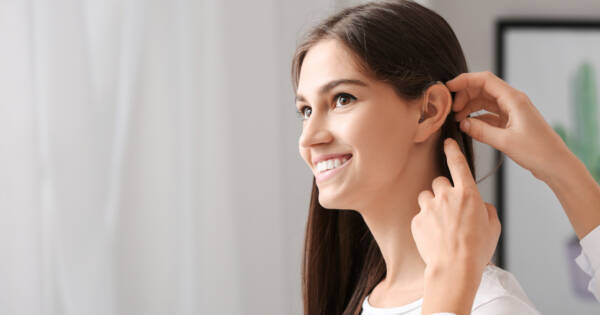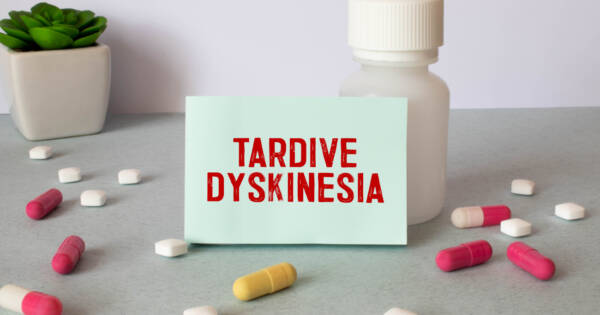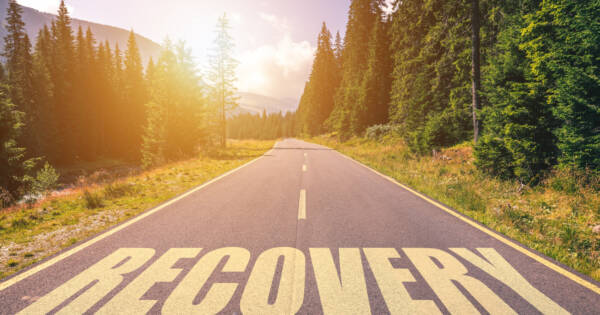Over 30 million Americans live with overactive bladder. If you regularly experience a sudden, uncontrollable urge to urinate, you may be among them. It’s inconvenient and also potentially embarrassing. Fortunately, lifestyle changes and medical interventions can help you manage the symptoms and regain your freedom.
Symptoms and Causes
Overactive bladder is a condition associated with involuntary muscle contractions in the bladder that trigger a sudden need to empty it. The urge is not related to the volume of liquid in the bladder; even if it’s not full, the need to void may be uncontrollable.
The other most common symptoms of overactive bladder are:
- Waking multiple times during the night to urinate.
- Urinating more than 8 times in a 24-hour period.
- Losing bladder control following a sudden urge to void. Such leaks can vary in size, from a few drops to a flood. Whether it’s a little or a lot, leakage that follows a sudden urgency to urinate is known as ‘urgency incontinence.’
There is no one specific cause of overactive bladder. Sometimes it is caused by medical conditions, such as Parkinson’s disease or bladder tumors. Other times, overactive bladder is associated with producing an excessive amount of urine because of diabetes, kidney problems or side effects from medication. Infection or other excretory system issues, such as constipation or an enlarged prostate, can lead to the condition, as well. Even drinking too much alcohol or caffeine might cause it. Unfortunately, there are times when you simply may not know what is causing your condition.
Although overactive bladder is not a normal part of aging, the likelihood of developing the condition increases as you age. Cognitive decline, prostate difficulties and constipation—all of which are associated with aging—are risk factors that can contribute to overactive bladder.
Talking to Your Doctor
Overactive bladder may limit your lifestyle, cause embarrassing incidents and provoke anxiety about whether you’ll be able to control your bladder. Fortunately, it’s a problem that can be dealt with, giving you back the life you once had.
The first step to regaining control is talking to your doctor. You may be embarrassed to bring up the issue, but remember that it’s a problem with which 30% of American men and 40% of women deal.
Come prepared with details about the frequency of symptoms and other related problems you have, such as bowel troubles. It can help to keep a bladder journal in the days leading up to your appointment. Record how much you drink and the times when you urinate, feel an urge, or experience leakage.
Your doctor will consider your symptoms and health history to help determine whether there is an identifiable cause for your overactive bladder. Because not fully emptying the bladder when you urinate can contribute to the condition, she may prescribe some tests to determine the flow rate of your urine, the amount left in the bladder after voiding and your bladder pressure. He may also check for infections, since those can lead to overactive bladder symptoms.
Simple Changes to Improve Symptoms
Your doctor may start by suggesting simple lifestyle changes that can improve your bladder control. These can be very effective in your fight against overactive bladder, so they are often the best place to start before taking major medical steps.
Kegel exercises strengthen the pelvic floor. These are the muscles that you use to stop the flow of urine, and by squeezing them when you aren’t voiding, you’ll make them stronger. Squeeze the muscles and hold for three seconds. Repeat this exercise 10 times.
You can also train your bladder to hold urine for longer. First, determine how often you urinate during the day. Then, gradually increase the time between bathroom trips, until you work up to several hours between visits.
If tests show that you do not typically completely empty your bladder, try double voiding. This is the practice of urinating once, then waiting a few seconds or minutes and trying again.
Although they won’t cure your problem, incontinence products can help avoid embarrassing situations. These pads and undergarments come in a variety of absorbency levels, so pick the option that’s right for you, whether you’re dealing with trickles or gushes.
Foods to Help Manage Overactive Bladder
You may also need to watch what you eat and drink. Your doctor may recommend that you limit your fluid intake or reduce your consumption of caffeine or alcohol. Some medical professionals also recommend limiting citrus fruits, spicy foods, tomatoes and chocolate. Additionally, if you are overweight, your health care provider may suggest losing weight to help alleviate symptoms.
Here are some foods to add to your diet to help control your symptoms:
Whole Grains
Whole grains should be included in a diet for overactive bladder. One of the many benefits of eating whole-grain rich foods is that they are a great source of fiber. Getting the recommended 25 to 30 grams of fiber will help prevent constipation. Most people take in less than 15 grams per day.
Constipation not only causes digestive issues, but it can also cause overactive bladder. Being constipated puts extra pressure on your bladder, which gives you the urge to go more often.
Brown rice, cereal, whole wheat pasta, carrots and cabbage are examples of some of whole grain-rich foods. One cup of whole wheat pasta has over six grams of fiber. You can also eat dried fruit, such as raisins. Dried fruit is not only abundant in fiber, but it also makes a healthy snack.
Legumes, Nuts and Seeds
It is best to eat as many unprocessed, natural foods as you can. These foods are not only nutrient-rich, but they can also fight overactive bladder. One of the reasons that legumes, nuts and seeds are some of the best foods that you can eat if you have overactive bladder is because they are high in fiber. In fact, one cup of legumes has six to eight grams of fiber.
Water
Water is also an important part of a diet for managing OAB symptoms. Drinking a lot of water can cause you to urinate more often, which may seem counterproductive. However, if you do not drink enough water, then you are more likely to be constipated. This will lead to overactive bladder.
It is also important to note that if you do not drink enough water, then your urine will be more concentrated. This will further irritate your bladder, exacerbating your symptoms.
Non-Citrus Fruits
Citrus fruits, such as oranges and lemons, and coffee are examples of foods and drinks to avoid. However, you should include plenty of non-citrus fruits in your diet. Unlike citrus fruits, non-citrus fruits are not acidic. This means that they will not irritate your bladder.
Blueberries, strawberries, grapes and bananas are examples of non-citrus fruits. These foods contain a lot of fiber.
Sweet Potatoes
If you are craving something that is sweet, then you should consider eating sweet potatoes. It will be easier for you to get the recommended amount of fiber if you eat potatoes. In fact, one medium-sized sweet potato has 3.8 grams of fiber.
Medical Interventions
Sometimes lifestyle changes alone are not enough to remedy the problem of overactive bladder. If you need further intervention, your doctor will probably recommend exploring medical options.
Some prescription medications, such as trospium, oxybutin and tolterodine, work to relax the bladder. Unfortunately, the side effects of most of these medications have the potential to provoke your condition. Dry eyes and dry mouth may motivate you to drink more, thus producing more urine, and constipation may put pressure on your bladder. However, your doctor may be able to suggest tips for relieving the side effects without stopping the medication.
Other intervention options involve treating the bladder directly. Some health care providers recommend Botox injections for the bladder, which can provide relief for six to nine months. Others use a surgical procedure to place a wire around the nerves responsible for the urge sensation. Electrical impulses are sent along the wire to stimulate the nerves.
In severe cases, surgical procedures may be done to increase bladder capacity or even remove the bladder. These procedures are a last resort, and patients who undergo these may need to use a catheter or a stoma for the rest of their lives.
Fortunately, most cases of overactive bladder can be significantly improved through lifestyle changes and mild treatment options. If you are concerned about an overactive bladder, talk to your doctor, who can set you along the path to recovery right away.




